The benefits of rucking: should you hike with a weighted backpack?
Rucking, or walking with a heavy pack, has been common training practice in the military for decades, and some hikers use it to get in shape for hiking season
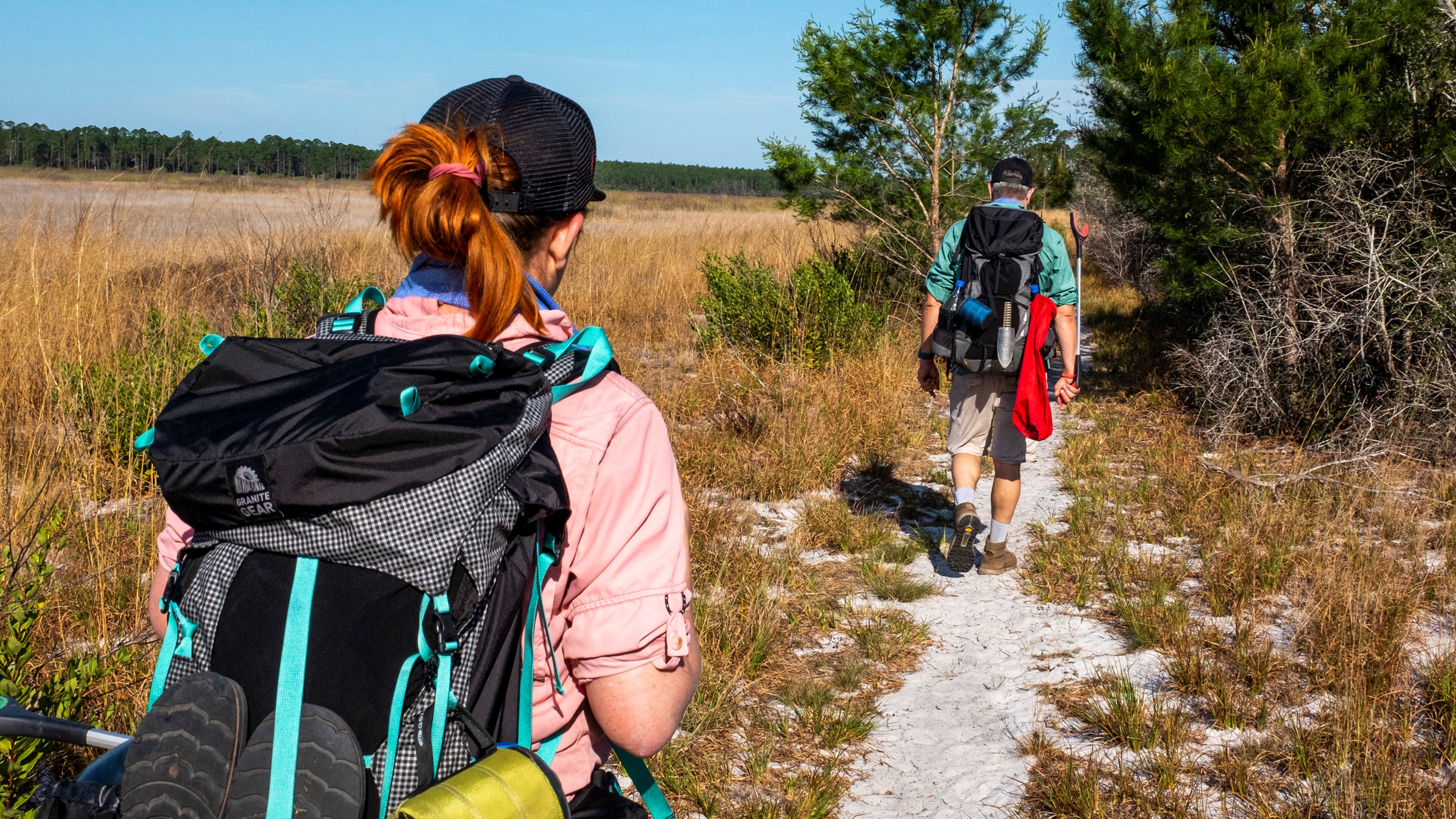
When snowmelt season arrives in the mountains, folks hiking with large backpacks that look suspiciously empty start to appear on the trails. What’s in those backpacks? Are they doing their part for nature and filling their packs up with trash that’s been buried under the snow all winter? One can only hope. What’s more likely, however, is that the pack is carrying weights.
Weights? Yes, weights. Might be a dumbbell or a sandbag or even a kettlebell. Whatever it is, it’s not for the hiker to whip out the kettlebells and do a spontaneous workout at the summit. Hiking with a weighted backpack is a training practice referred to by many as 'rucking' and it’s become a common tool for some hikers looking to shape up for hiking season.
My hiking buddy Kelly was a big champion of rucking every time spring rolled around and we both lived in Colorado. After all, we’d just spent the previous six months mostly downhill skiing and when the trails finally dried up in July, she didn’t want to waste any time getting back in shape. So she’d chuck a couple of hand weights in her backpack, pull on her hiking boots and hit the uphills.
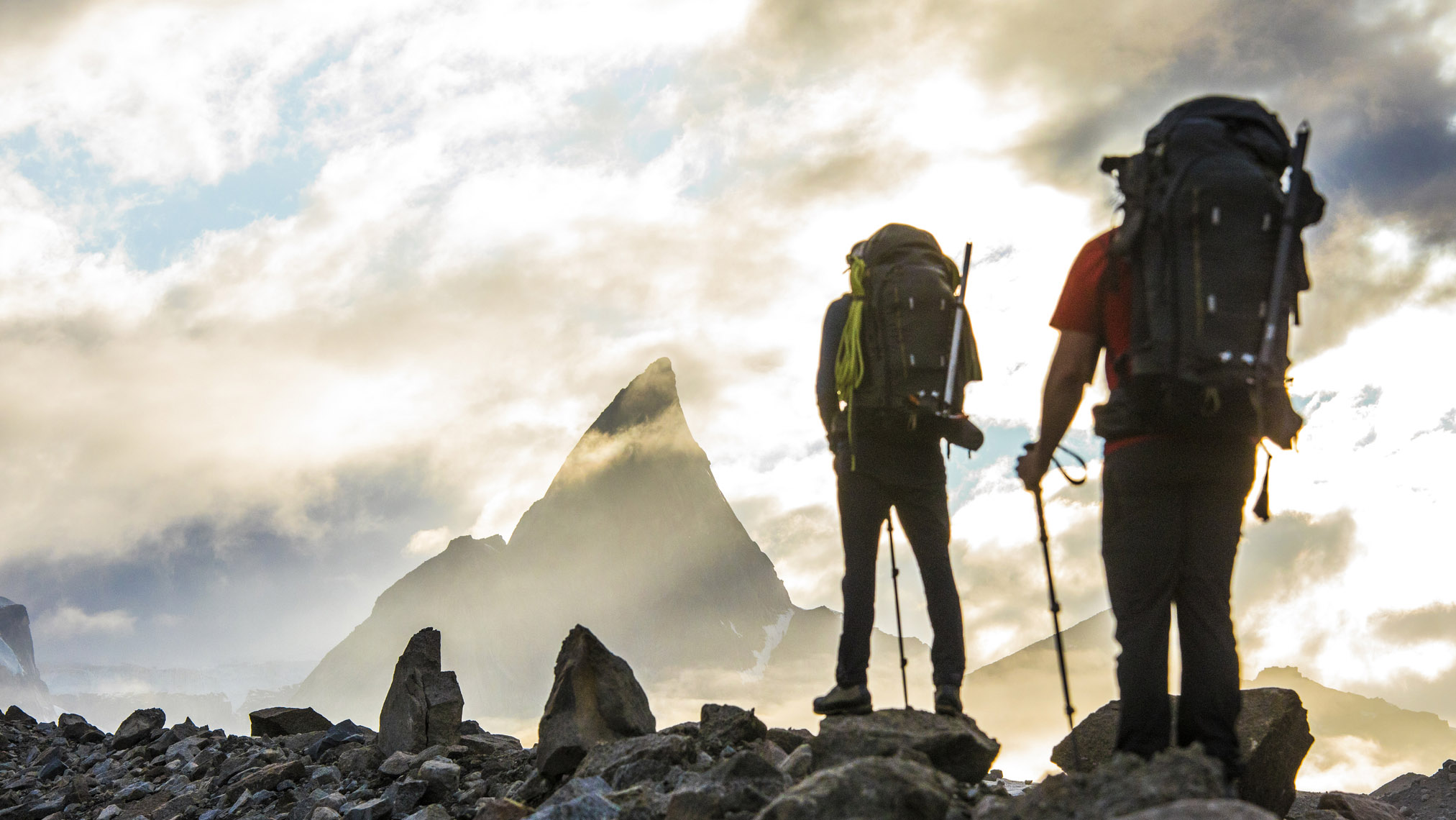
Rucking, or walking with a heavy pack, has been common practice in the military for decades. Military members may not use kettlebells, but they’ll load up their packs as though they’re going out for days and carry them for miles, even if they’re not going to use the gear inside. If you’re planning to get in better shape for hiking, planning a thru-hike or want to bag some 14ers this year, you can use a simpler version of this technique – by just adding a little weight to your daypack – to uplevel your fitness.
Adding just 10 or 15 lbs to your pack could yield some major benefits – keep reading to find out how rucking can improve your hiking season.
What are the benefits of rucking?
1. Increased calorie expenditure
If you’ve ever used a GPS watch or device to track your workouts when you're out with a friend, you may have noticed that the person who weighs more appears to have burned more calories at the end. The more you weigh to begin with, the more calories you burn in activity. This is because a person who weighs more expends more energy moving their body. If you’re looking to increase your caloric expenditure with hiking, you can take advantage of this law of physics by increasing your body weight with a heavier pack and getting more out of every hike.
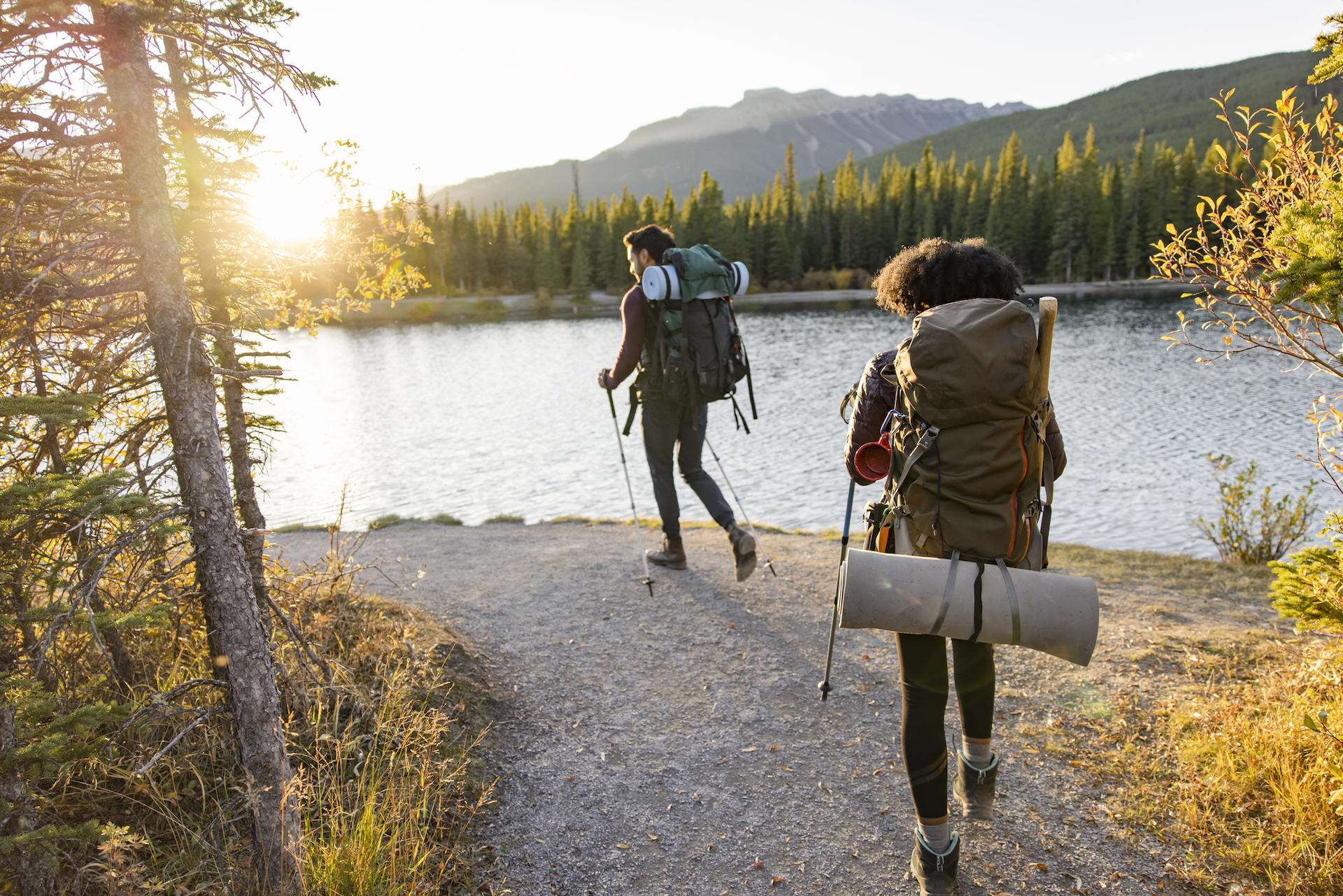
2. Improved cardiovascular endurance
Weight loss and calorie expenditure may be of little interest to you, but if you love hiking, there’s no reason not to want to improve your stamina. Walking and hiking is already great low-intensity cardiovascular exercise. To increase your cardiovascular fitness through hiking, you can either find steeper slopes to increase the incline, pick up the pace or add weight. Any of these options will mean you have to work harder, placing a little more stress on your heart and lungs and giving them some extra conditioning, especially if you stick to your usual terrain and resist the urge to slow down once you’ve added weight. As in, don’t add weight then pick an easier trail and slow down!
All the latest inspiration, tips and guides to help you plan your next Advnture!
3. Stronger muscles
Muscular strength in your lower body is another common benefit of hiking, but if hiking alone isn’t adequate to build the kind of strength you want to achieve, you might find yourself heading to the gym for additional training. But wouldn’t you be happier if you could do that training out in nature and away from the grunting of other gym goers? The weight in your backpack adds resistance, or load, so your legs have to work harder to get you uphill. On top of that, your core muscles will have to work harder to stabilize your spine as you move. Bonus!
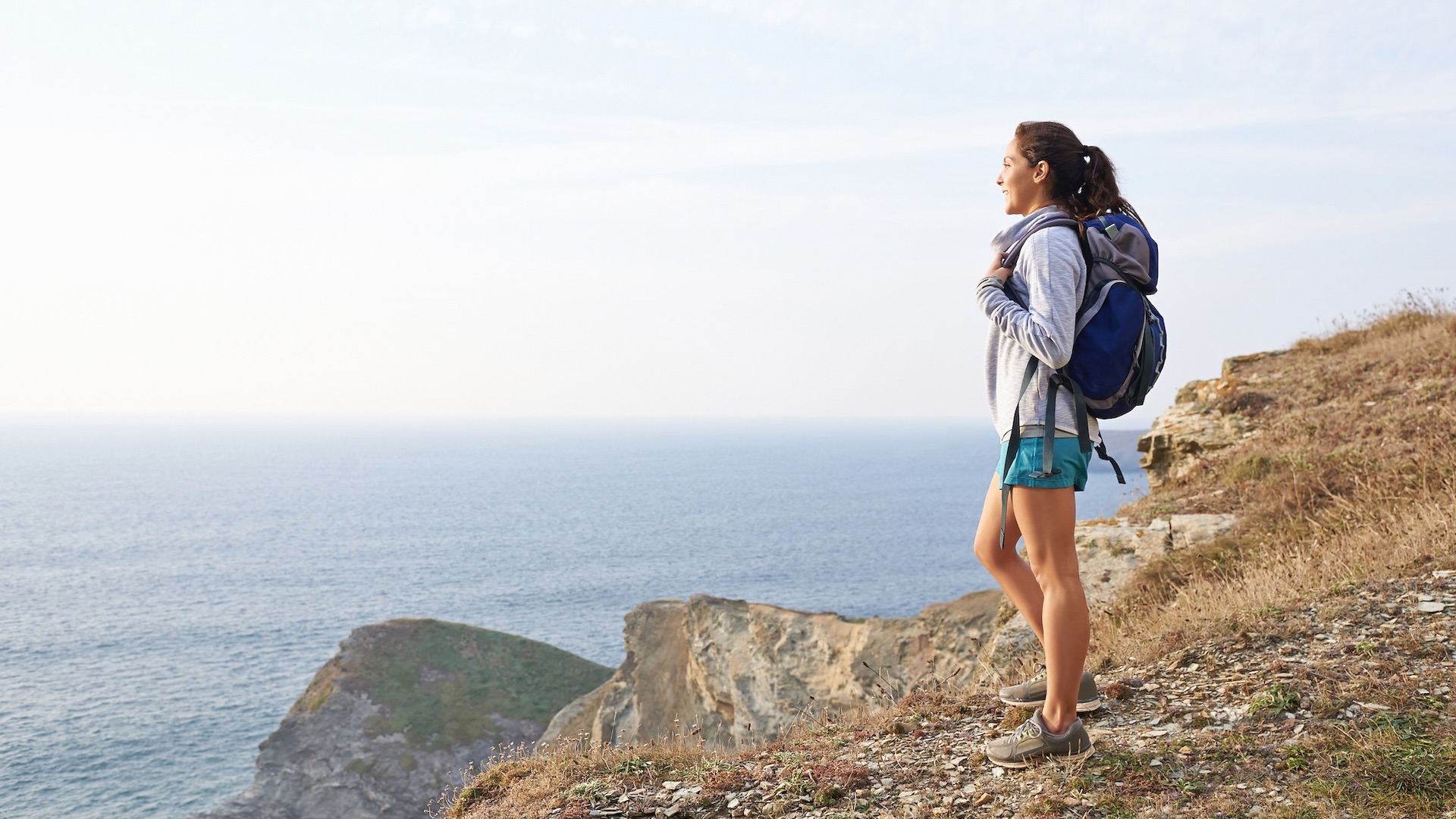
4. May improve posture
One common argument for rucking is that the practice of hiking with a heavy pack actually improves your posture and can even help with back pain. The theory is that the heavy pack forces your back muscles to engage more, makes you stand up straighter and draws your shoulders back, so if you suffer from back pain due to a lot of slouching in daily life, this will help.
If you’ve ever walked with a backpack, however, you might know that a lot of us actually tend to round forward to counter the weight behind us, so make sure that you know how to adjust a backpack before you go and stand up straight when you’re walking, allowing the weight to draw your shoulders back. Read more tips for how to improve your posture for better hiking.
5. It's free
A final benefit of rucking is that it doesn’t cost you anything extra to do, and you can fit it into the time that you already spend doing what you love. Often, when you want to step up your hiking game, it means paying for a gym membership or a personal trainer, but with rucking, you can just load up your existing backpack with whatever heavy items you already own and hit the trail.
This also means that even if your goal isn’t to improve at hiking but you want to get more weights sessions in without going to the gym, you can weight train out in nature and get the benefits of green exercise.
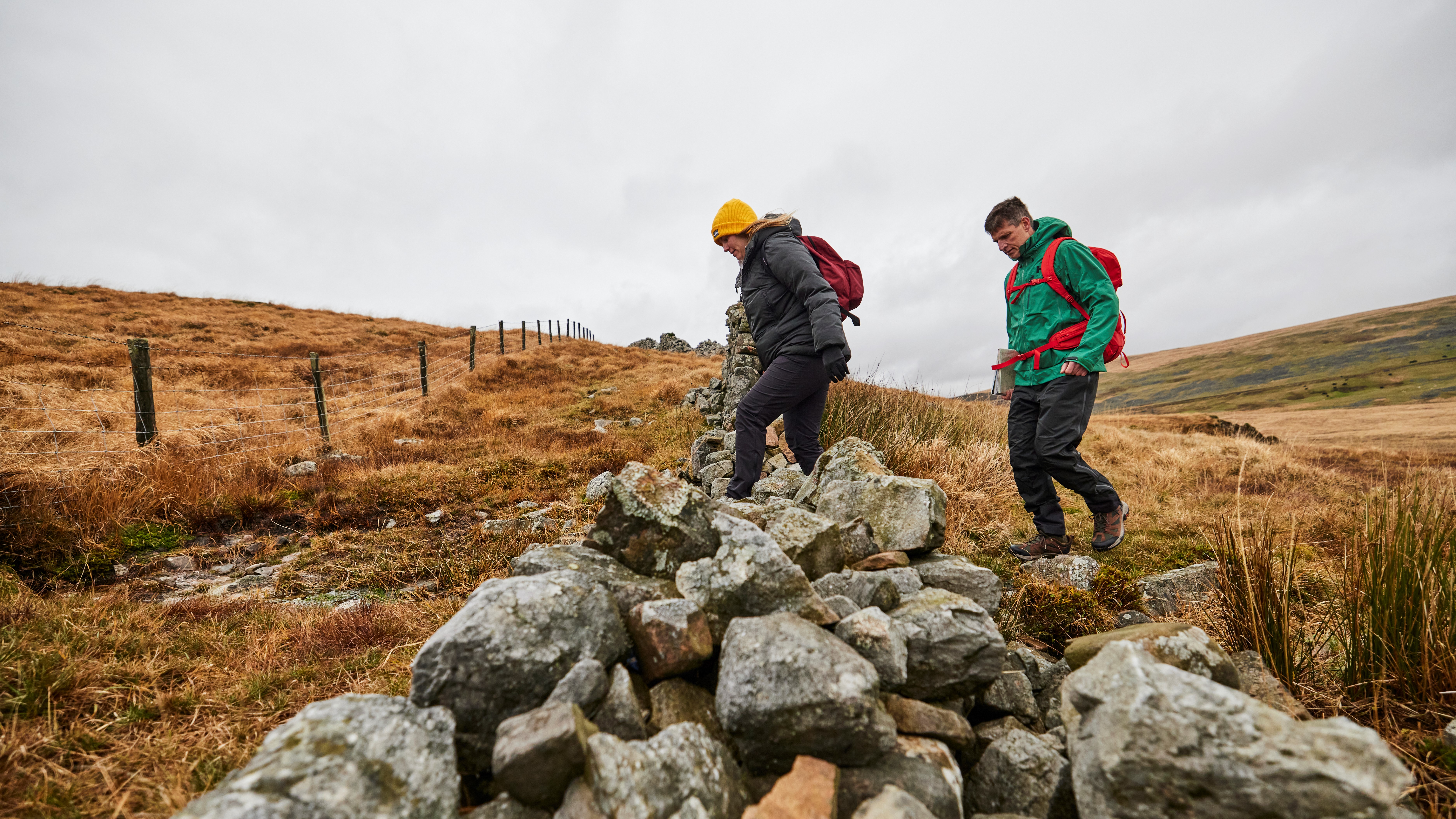
How to start rucking
To get started with rucking, it’s really important not to overload your pack as this could lead to injury. You’re not in the military (and if you are, you’re probably not reading this article) so you don’t need to be hiking with hundreds of pounds on your back. That level of training has been associated with a lot of injuries amongst military members, and you don’t want to end up hurt.
Start with a low, safe weight – you’re still going to want to carry all of your usual hiking gear like water and your waterproof jacket, so a good place to start is to add just five or 10 pounds to your backpack. It may be helpful to place your pack on your bathroom scale so you know how heavy it is to begin with, and you don’t overload it – read our article on how heavy is too heavy for a hiking backpack for a better understanding of safe weights.
You can use actual weights, loaded water bottles or your toddler in a child carrier. In fact, even if you’re just going for a day hike and not planning to spend the night, you could load up your pack as though you were going backpacking, which would be a good way to train for carrying that exact load on longer trips.
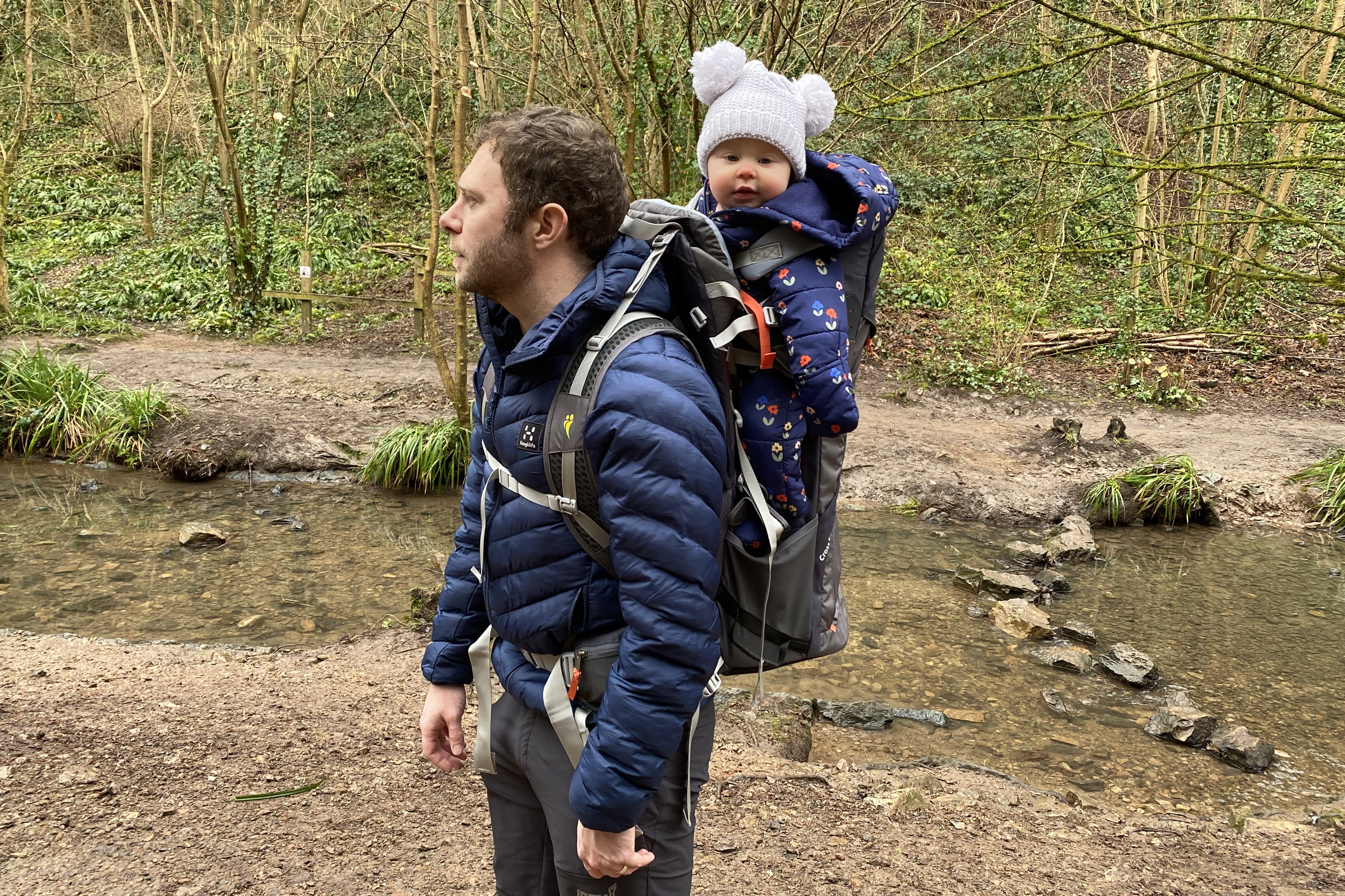
You might simply add weights for the first few weeks that you're back on the trail like my friend does, or increase the weight gradually over the course of a few months, but make sure your backpack is designed to bear the weight that you’re carrying and you don’t overdo it. It’s best to pack your weights at the bottom and center of your backpack for balance, then put items that you might need like your compass and lunch on top. If your weights are hard, as in a dumbbell, wrap them in a towel or some clothing to cushion your low back. Read up on how to pack a day pack for more ideas on organization.
Once you’re packed up, you’re ready to go rucking. Don’t be surprised if you’re a little more sore and tired than usual following your hike, but stay with it and you’ll soon build up your strength and fitness – and when you take the weights out it will feel like you’re flying down the trail.
Julia Clarke is a staff writer for Advnture.com and the author of the book Restorative Yoga for Beginners. She loves to explore mountains on foot, bike, skis and belay and then recover on the the yoga mat. Julia graduated with a degree in journalism in 2004 and spent eight years working as a radio presenter in Kansas City, Vermont, Boston and New York City before discovering the joys of the Rocky Mountains. She then detoured west to Colorado and enjoyed 11 years teaching yoga in Vail before returning to her hometown of Glasgow, Scotland in 2020 to focus on family and writing.

